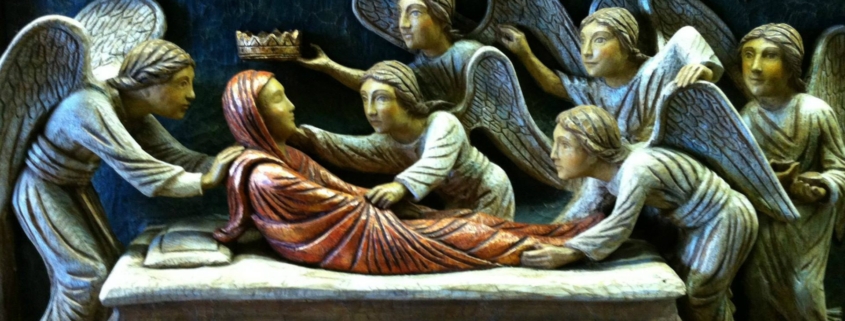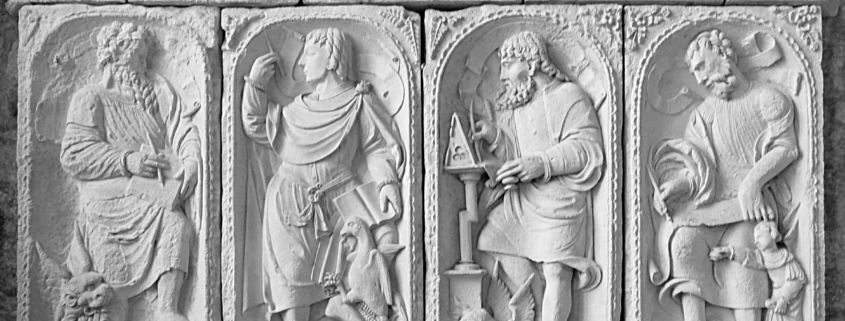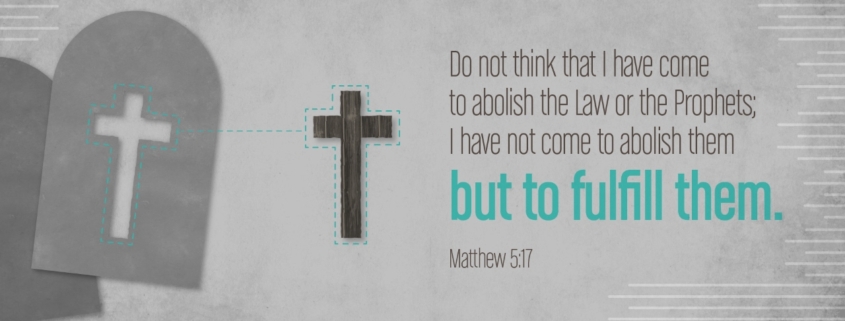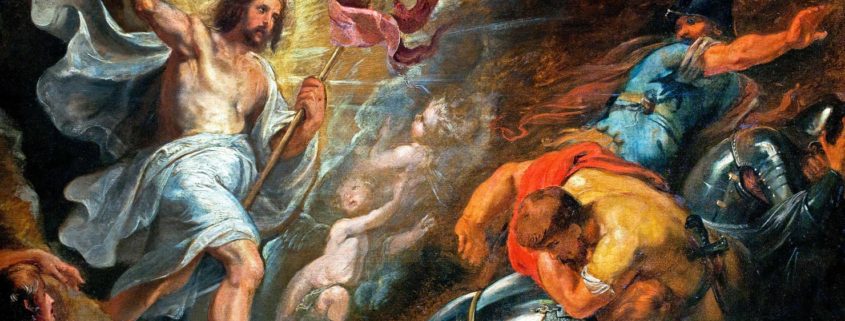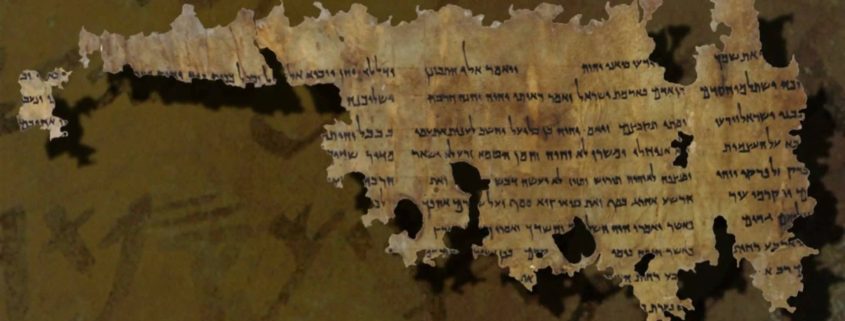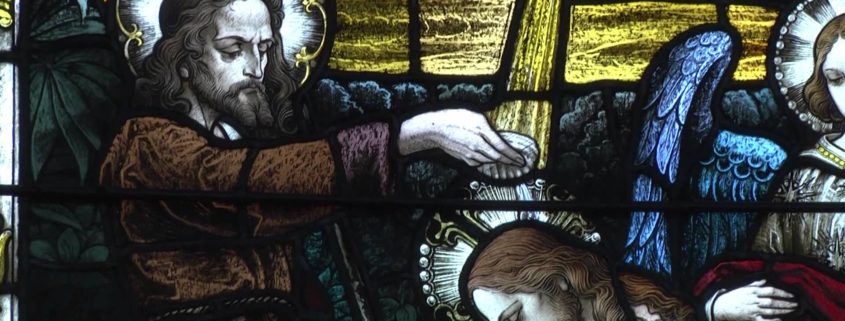Here’s my latest article for Catholic Answers. Enjoy!
Many of us celebrated Labor Day recently by taking some well-deserved time off before the back-to-school, back-to-work, back-to-reality September rush kicked in. But some of the chatter over Labor Day barbecues was actually a cultural conversation about the dignity of work—all thanks to an attempted public shaming that backfired.
A shopper named Karma Lawrence recently spied former Cosby Show actor Geoffrey Owens working scanning groceries at a Trader Joe’s in New Jersey and took a picture of him. On social media, Lawrence lamented what she thought was the bad, uh, karma life had doled out to Owens.
News sites picked up the story, which quickly went viral, leading to a torrent of support from friends of the actor as well as fellow thespians. They noted that most actors look for other types of work to support themselves between gigs, just as Owens was doing. Then, superstar producer Tyler Perry offered him a job, and soon Owens’ phone was blowing up with opportunities to tell his story on talk shows. He’s even landed a role on NCIS New Orleans. All of a sudden, enough work isn’t an issue for Owens!
As for Karma? Well, you know what they say about that. She was forced to endure a social media shaming of her own, and as of this writing her Twitter account has been suspended.
Owens, a Yale graduate, explained that decreasing royalties from Cosby reruns had also put pressure on him to earn a regular living to support his family. Many of the tweets in support of Owens asked the question, “What’s wrong with someone doing an honest job?” At least, they wrote, he was working to support his family—no shame in that. In fact, it’s quite honorable.
What’s interesting to me about Owens’s story is what it says about the dignity and meaning of work.
We live in a culture in which labor is frowned on and retirement—the earlier the better—the goal, with many millennials embracing the FIRE (financially independent, retired early) movement, dropping out of the workforce often in their late twenties and early thirties. For some, such freedom means having the time to do what one sees as meaningful, even if that happens to be another type of work. But there are many more who view any type of work as a sort of necessary evil, with the ideal life amounting to uninterrupted leisure.
Even some Christians actually view work simply as part of the punishments stemming from original sin. But does that view… work?
The Bible notes that before our first parents fell into sin, work was there. God himself “worked,” establishing the heavens and the earth, after which he rested (Gen. 2:1-3). Yes, we are to imitate God in his rest; but his plan isn’t “all play and no work.” in fact, work is also one of the joyful gifts God gave his children in Eden’s paradise. Adam had a job to do: he was to “till” (Hebrew: ’abodah) and “keep” (Hebrew: shamar) the garden. These verbs are later used in the Old Testament to describe the Levitical priests’ service in the temple, connecting Adam’s work with the task of worship!
Of course, the entry of sin into creation adversely affected the arena of work, too. The joy of work became toil: because of the disobedience of our first parents, God told Adam, “cursed is the ground because of you; in toil you shall eat of it all the days of your life; thorns and thistles it shall bring forth to you; and you shall eat the plants of the field. In the sweat of your face you shall eat bread” (Gen. 3:17-19).
But the goodness of work for humanity remains; as birds were created to fly, we were created to share in God’s work of creation, no matter what our job might be.
When interviewed, Owens said to Good Morning America host Robin Roberts, “There is no job that’s better than another job. It might pay better, it might have better benefits, it might look better on a resume and on paper. But actually, it’s not better. Every job is worthwhile and valuable.”
This is straight out of the Catholic playbook. The dignity of work and worker. Any honest job can be a means of worship and a means of personal holiness for the worker. The micro-marvel of tiny ants, dutifully working, carrying many times their body weight, gives God just as much glory as do the macro-marvels, like majestic mountain peaks piercing the clouds.
It’s like that with our work, too. As St. Josemaría Escrivá, the founder of Opus Dei, wrote: “Before God, no occupation is in itself great or small. Everything acquires the value of the love with which it is done” (Furrow, no. 487). One might say that the greatest job, then, is the one that is done with the most love, for the glory of God.
Jesus spent the vast majority of his life as a worker. And in that, he was redeeming us too, albeit in a different way, by sanctifying work. God worked in St Joseph’s workshop just as he did in building the heavens and the earth, in order to remind us that, through service in the most ordinary things of life—yes, even at Trader Joe’s—we can discover the divine.



